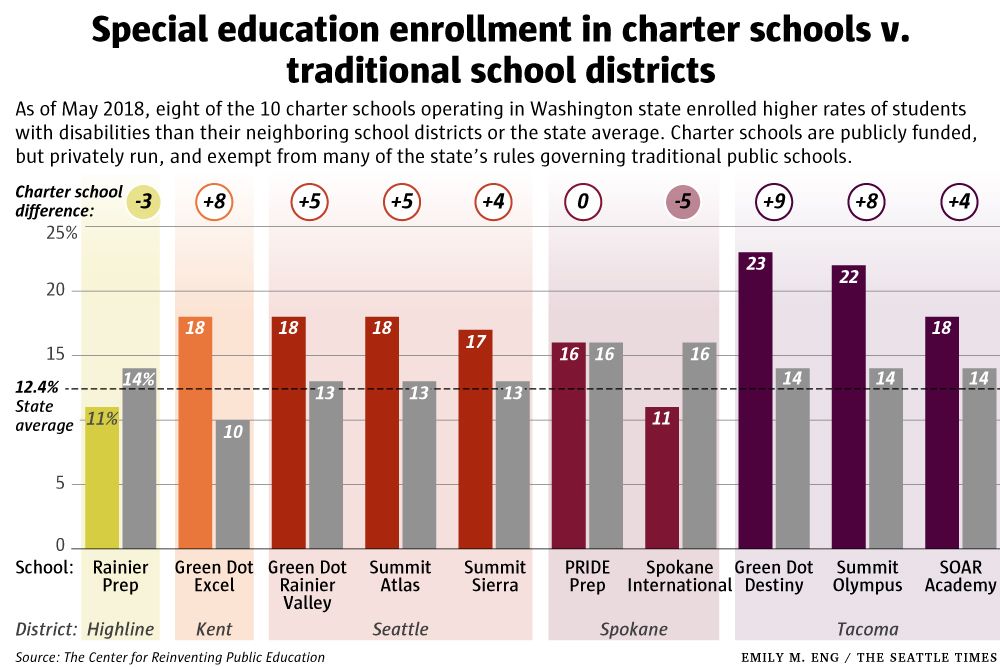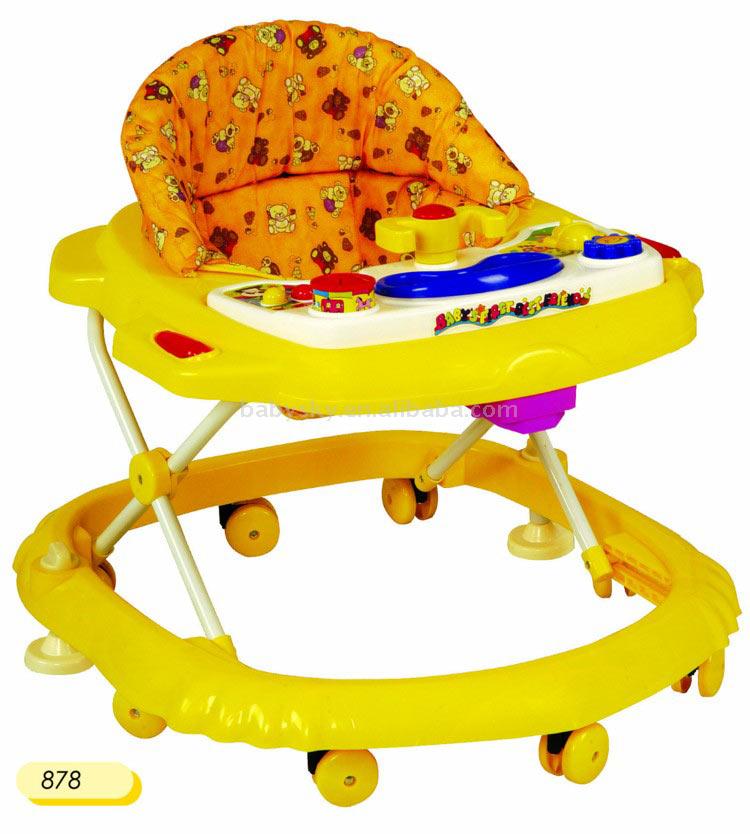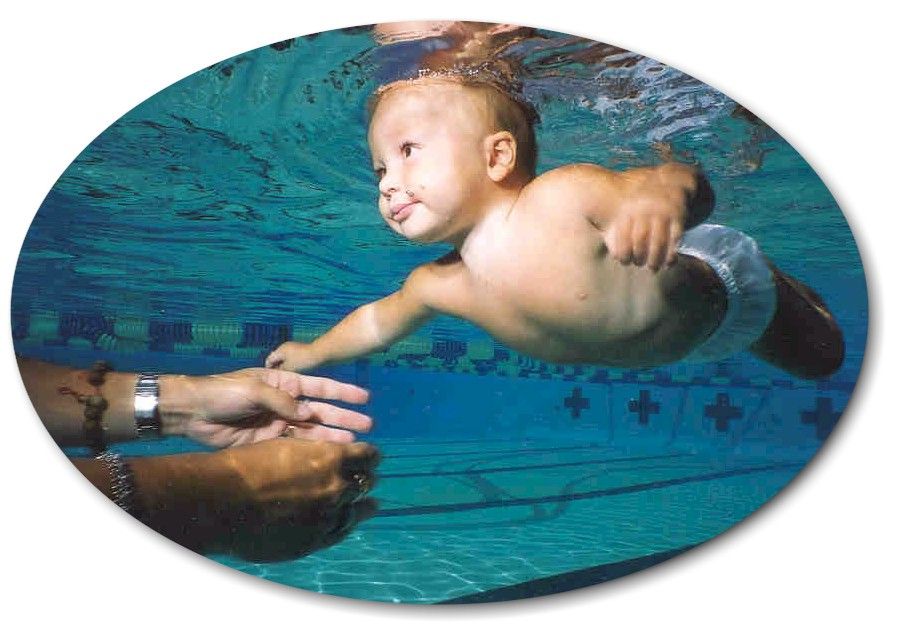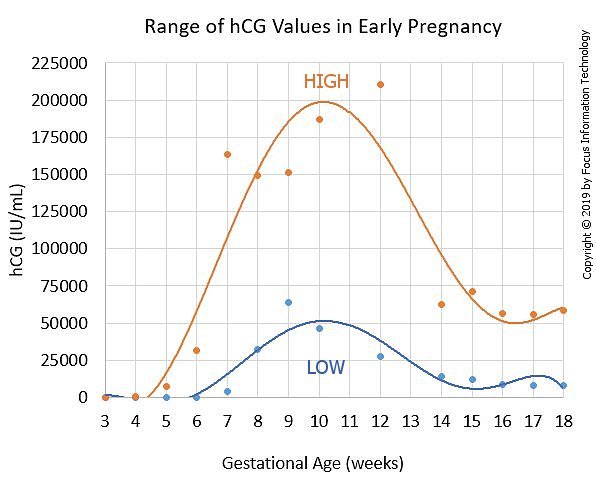How to enroll your child in a different school district
Working the system to get the school of your choice
It used to be that when it was time to find a school for the kids, most Americans looked no further than the neighborhood school.
Now, however, with the expansion of open enrollment policies and the growth of the charter school movement, competition to get into public schools with good reputations has become more wide-spread. A competitive admissions process is not just a private school phenomenon anymore.
“About a quarter of kids go to a school other than the one they’re assigned to,” says Bryan Hassel, co-author, with Emily Ayscue Hassel, of The Picky Parent Guide: Choose Your Child’s School with Confidence. “Some fraction of the other three-quarters choose where they live because of a school, which is another way of exerting school choice. About 50 percent of families are exercising school choice.”
With the ever increasing assortment of options available to parents, it’s become important to not only research the schools themselves, but also the various rules, written and unwritten, of admission.
In many communities, the admissions process can be fairly complicated. In New York City, for example, parents greatly increase their chances of success by learning the system. “New York City has 32 districts, 10 regions and 1,400 schools,” says Pamela Wheaton, Deputy Director of InsideSchools.org, a website devoted to New York City public schools. “In some districts in the city you can apply to schools that aren’t in your neighborhood and ask for what is called a variance. There are some programs that are open city wide. High school is pretty open, but there are some schools in certain areas of the city where unless you live in the district you can’t apply. What counts for admission to many schools are the scores on the seventh grade test, but there are several systems. One is an Educational Option, which is a way of ensuring a mix of high-, middle- and low-achieving kids. So there’s a specific formula of how they accept kids. Fifty percent are selected by computer and 50 percent are selected by the schools. ”
”
Basic rules of the game
Regardless of how simple or complicated, competitive or not, your district’s system is, there are some basic strategies that can be applied to help your child get into a great school.
1. Look for those up-and-coming, hot new schools
“The first tip to figuring out strategies is to broaden your perspective on which schools you would want to apply for,” says Deena Zacharin, former director of the Office of Parent Relations for the San Francisco Unified School District. “The best way to do that is to go see the schools themselves. Schools often have reputations that are seven to 10 years old. It takes a long time for a reputation to turn around with a school. But when you go and see the school, you see all the wonderful things that might be happening there.”
2. Avoid the herd mentality
Parents should look at a school’s test scores as a measure of how well students achieve, but that is only part of the picture of a school.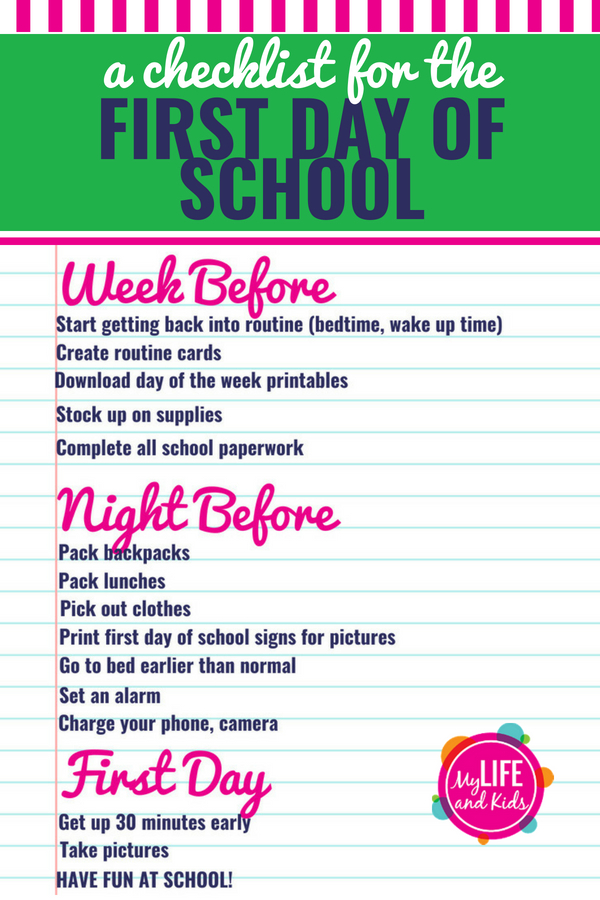 “You really have to talk to the principal and see what is going on in the classroom to determine if it’s a good fit for your family,” says Sandra Halladey, founder and former associate director of the San Francisco chapter of Parents for Public Schools. “Just because it’s a good fit for all your friends doesn’t mean it’s a good fit for your family. What your next-door neighbor or your best friend might think is a wonderful school and is a perfect fit might not be the same for you.”
“You really have to talk to the principal and see what is going on in the classroom to determine if it’s a good fit for your family,” says Sandra Halladey, founder and former associate director of the San Francisco chapter of Parents for Public Schools. “Just because it’s a good fit for all your friends doesn’t mean it’s a good fit for your family. What your next-door neighbor or your best friend might think is a wonderful school and is a perfect fit might not be the same for you.”
3. Don’t mess up
Don’t lose out because of missed deadlines or incomplete paper work. Hassel cautions: “If it truly is a purely mechanical system, such as a lottery, then the most important strategy is to make sure that you get things in on time. Don’t mess up. Don’t mess up is one of those basic technical requirements.”
Even after you’ve gotten your child into the school, complete all the steps. “Make sure that you read all the paper work that you get from the school district and that you respond in a timely manner to all the deadlines,” says Halladey. “If you’re offered a seat and if you don’t go within the required time frame and accept that seat, then you’ve lost it.”
“If you’re offered a seat and if you don’t go within the required time frame and accept that seat, then you’ve lost it.”
4. Get your information from the right source
“Make sure you get information from the correct source, which is the district office,” warns Halladey. “Your school secretary or teacher might not have the latest information.”
5. Investigate your district’s Gifted and Talented Education (GATE) admission rules
If you believe your child is a bright student, a GATE program might be an entree to a better educational opportunity. Find out if GATE programs in your district are only offered in certain schools. Some GATE programs ask for nursery school assessments, while others might not require anything until third or fourth grade, when a GATE test is administered.
6. Consider new schools
Often public schools create small academies within larger schools, or new public, charter or private schools are opened, after the regular enrollment process is over.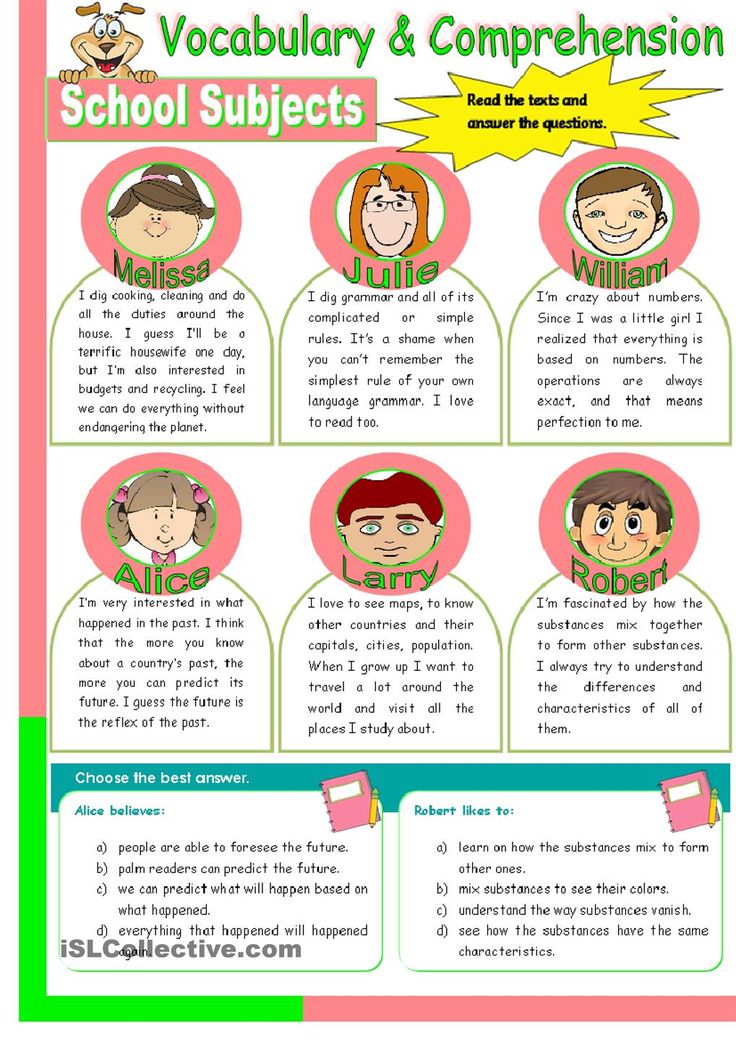 These schools may have seats available for months before word of their existence spreads. Check with your district for more information about new public and charter schools. Choosing a school without an established reputation is a risk, but new schools can provide exciting opportunities to form communities and to create positive change.
These schools may have seats available for months before word of their existence spreads. Check with your district for more information about new public and charter schools. Choosing a school without an established reputation is a risk, but new schools can provide exciting opportunities to form communities and to create positive change.
7. Find out if you can apply to more than one program at a school
“Some larger schools have several programs-such as one in art, or one in government,” says Wheaton of Insideschools.org. “So if that’s the school you want to go to, apply to all the programs, because once you get in you can transfer to the program you really want.”
8. Write directly to the school principal
“One tip, even for the public school system, is to write a cover letter to the school that really zeros in on what we call your ‘child’s fit’ with the school,” says Hassel. “It certainly can be provided, even for the more mechanical lottery type systems. It never hurts to try, right? Plus, it’s part of building your relationship with the school, if your child does ultimately go there. This letter should be brief and to the point.”
It never hurts to try, right? Plus, it’s part of building your relationship with the school, if your child does ultimately go there. This letter should be brief and to the point.”
9. Apply to schools that require auditions or special admissions procedures, as well as to regular lottery schools
Some schools require auditions or portfolios of past work for admission. If you feel that your child has a special talent or a strong interest in a particular field, preparing for these schools will create more options for your child.
10. Use all preferences that apply to you
“Find out what kinds of preferences are built into the system,” says Hassel, “and make sure that you’re taking advantage of those that apply to you, such as sibling preferences and neighborhood preferences. Often public school lotteries have preferences for race, although race is supposed to be counting less, but with court decisions it’s possible that income counts. There are all kinds of preferences that are built into the system.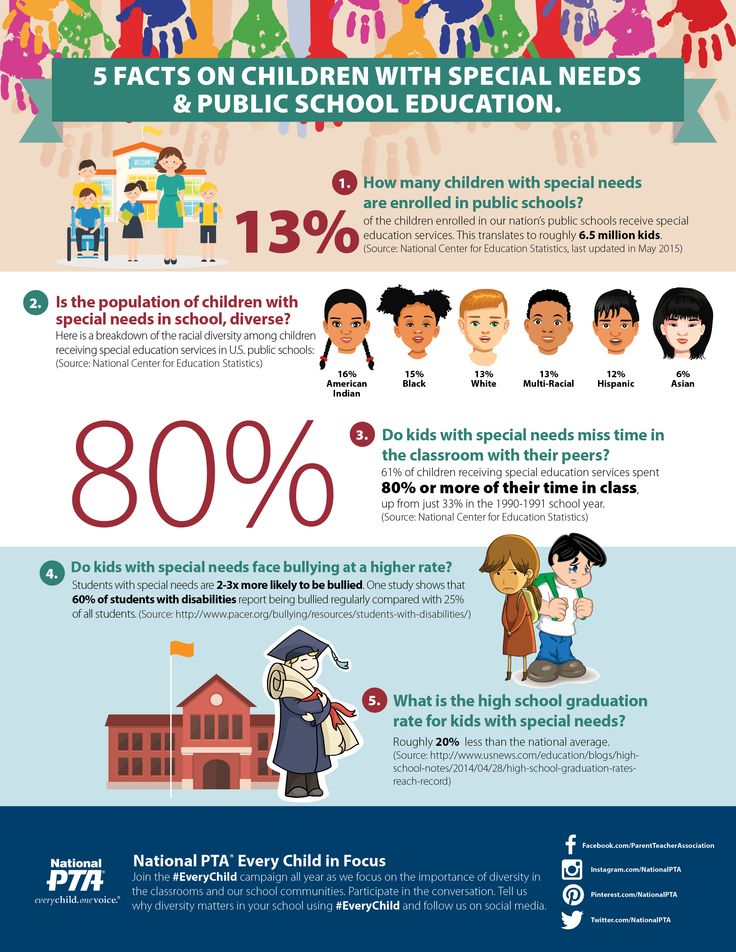 There is nothing that you can do about those preferences, either you have them or you don’t, but make sure that you get any advantage that you can out of them.”
There is nothing that you can do about those preferences, either you have them or you don’t, but make sure that you get any advantage that you can out of them.”
For example, there’s a twist on sibling preference that can sometimes be used. “It may be that getting your kindergartner into a school is easier than getting your second-grader in,” says Hassel. “If you get your kindergartner in, maybe your second-grader can go there the next year with the sibling preference. Understanding how that works can be really helpful.”
(Note: Sibling preference deadlines are often earlier than regular enrollment deadlines. Be sure to know the different enrollment deadlines.)
Finally, if it applies to your situation, find out what the inter- and intradistrict transfer rules are. Every state has rules that govern the use of interdistrict (between districts) and intradistrict (within a district) transfers. For example, in California, you can legally apply for a transfer to a district in which you work, regardless of whether you live in that district.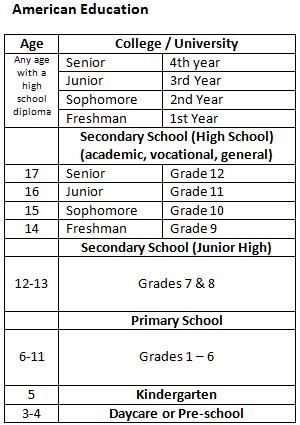 The district must consider your request, although they do not have to admit you if there are no seats available. Knowing the rules of district transfers might allow you to place your child in a school in a better district, however it probably won’t help you land a spot in an oversubscribed school.
The district must consider your request, although they do not have to admit you if there are no seats available. Knowing the rules of district transfers might allow you to place your child in a school in a better district, however it probably won’t help you land a spot in an oversubscribed school.
Always have a Plan B!
If your child doesn’t get into that must-have school on the first go round, here are a few Plan B tips.
Residency & Student Enrollment | Missouri Department of Elementary and Secondary Education
Statute 167.020, of the Revised Statutes of Missouri (RSMo), states that a child is entitled to attend school where the child resides and is domiciled, and that "the domicile of the minor child shall be the domicile of the parent or court-appointed legal guardian..."
- Exceptions to Statute 167.020, RSMo.
-
The residency requirement defined in 167.020 does not apply to students:
- That are homeless.
- That are participating in an interdistrict transfer program established by a court order.

- That are wards of the state and have been placed in a residential care facility by state officials.
- That have been placed in a residential care facility due to a mental illness or developmental disability.
- That have been placed in a residential facility by a juvenile court.
- That have a disability identified under state eligibility criteria if the student is in the district for reasons other than accessing the district's educational program.
- That are attending a regional or cooperative program or an alternative program on a contractual basis.
- That are non-residents attending school in an adjoining district due to a transportation hardship as defined in section 167.121.
- That are residing in a school district with someone other than a parent or court-appointed guardian because they are orphaned, have only one parent living, or are self-supporting and are unable to pay tuition pursuant to 167.151.
- Determining Residency
-
Determining Residency
- Denial of Student Enrollment - Safe Schools Act
-
A student may be denied enrollment if:
Within five (5) days of the request for a proof of residency waiver, the superintendent or the superintendent’s designee, after a hearing, determines the student poses an immediate danger.
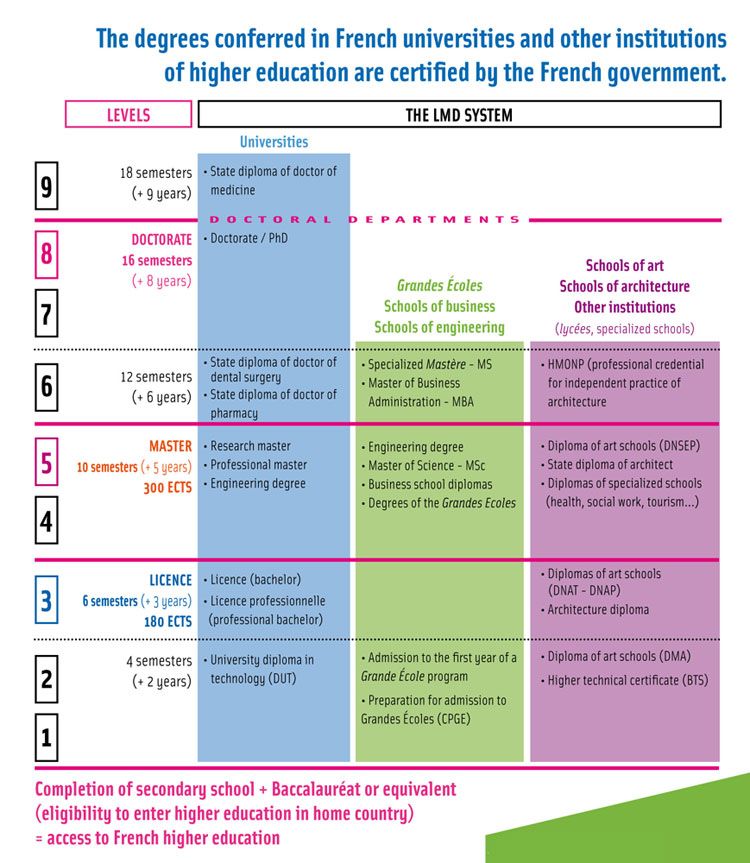 The student’s discipline record indicates that he/she is currently suspended or expelled from another school, including a private, parochial, charter or out-of-state school, and the enrolling school would have suspended or expelled the student for the same offense. The student has been removed from school because the student was charged with or convicted of certain felonies listed in section 167.171, RSMo. However, this provision does not prohibit a school district from enrolling the student in an alternative education program. School officials must also be aware of the law as it applies to students with disabilities. The student has not met the state’s immunization requirements for entering school.
The student’s discipline record indicates that he/she is currently suspended or expelled from another school, including a private, parochial, charter or out-of-state school, and the enrolling school would have suspended or expelled the student for the same offense. The student has been removed from school because the student was charged with or convicted of certain felonies listed in section 167.171, RSMo. However, this provision does not prohibit a school district from enrolling the student in an alternative education program. School officials must also be aware of the law as it applies to students with disabilities. The student has not met the state’s immunization requirements for entering school.How will the district know if the student attempting to enroll poses an immediate danger or is ineligible to enroll in accordance with the Safe Schools Act?
- At the time of registration the district should require the parent, guardian or student to provide a sworn statement or affirmation indicating whether the student has been expelled from another school for violations of school policies relating to weapons, drugs, alcohol or intentional acts resulting in injury or acts which, if committed in another state, would have resulted in expulsion.
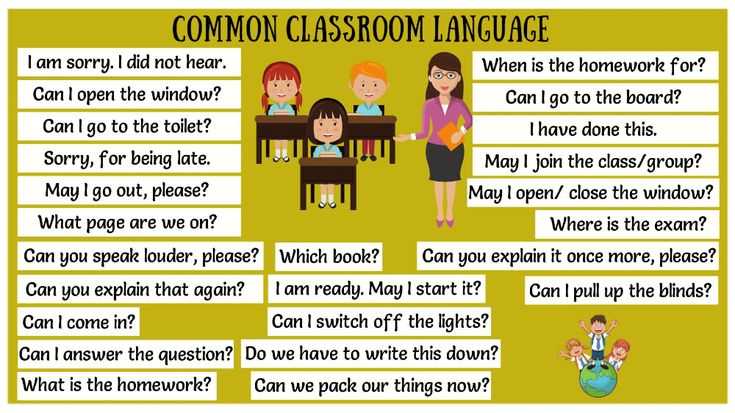 The registrant should be informed that knowingly making a false statement could result in his/her conviction of a class B misdemeanor. The registrant should also be informed that the statement or affirmation will be kept as part of the student’s education record.
The registrant should be informed that knowingly making a false statement could result in his/her conviction of a class B misdemeanor. The registrant should also be informed that the statement or affirmation will be kept as part of the student’s education record. - The enrolling school district is required by law to request the education and discipline records of the student enrolling within two business days of the request to enroll. The responding school district has five days in which to comply with the records request. With the passage of SB 944 in 2000, superintendents or chief school officer equivalents in charter and non-public schools have the responsibility of forwarding written notification of the disposition of any juvenile case involving a crime enumerated in subsection 1 of 167.115, RSMo to any public, private, parochial, or charter school to which a student transfers. See section 167.023, subsection 7 in section 167.020 and section 167.115, RSMo.
What happens if the district finds out that a signed statement or affidavit of residence contains false information?
Anyone who knowingly falsifies a statement of residence is guilty of a class A misdemeanor.
 The district may file a civil action for the purposes of recovering the costs of school attendance. See subsections 4 and 5 in section 167.020, RSMo.
The district may file a civil action for the purposes of recovering the costs of school attendance. See subsections 4 and 5 in section 167.020, RSMo. - At the time of registration the district should require the parent, guardian or student to provide a sworn statement or affirmation indicating whether the student has been expelled from another school for violations of school policies relating to weapons, drugs, alcohol or intentional acts resulting in injury or acts which, if committed in another state, would have resulted in expulsion.
- Summary
-
You may find it helpful to address the question of residency by using the following three-step model:
Step 1:
Is the child living in the district with a parent, military guardian, or court-appointed legal guardian?
- If yes, the child is a resident of your district and you must enroll (barring the suspension/expulsion issue).
- If no, continue to Step Two.
Step 2:
Pursuant to the Safe Schools Act, subsections 1 and 6 section 167.020, RSMo. is there another reason why the district is required to enroll the child?
- If the child meets criteria addressed in subsection 2 in section 167.151, RSMo. the child is entitled to attend school in the district and is counted for purposes of state aid.

- If the child does not meet Step One or Step Two, the child may still be eligible to attend school in the district as noted in Step Three.
Step 3:
Does the proof of residency waiver provision apply (for example, is this a Horton v. Marshall situation)?
- If the child applies for a proof of residency waiver and is eligible to register because of a hardship or for good cause, then the child attends school without paying tuition.
- If the child is determined not eligible, then he/she must pay tuition in order to attend.
- Using Social Security Numbers for Enrollment
-
Section 7 (a) of the federal Privacy Act of 1974 addresses the use of social security numbers by federal, state, or local governments (including school districts) and states the following:
"It shall be unlawful for any Federal, State or local government agency to deny to any individual any right, benefit, or privilege provided by law because of such individual's refusal to disclose his social security account number.
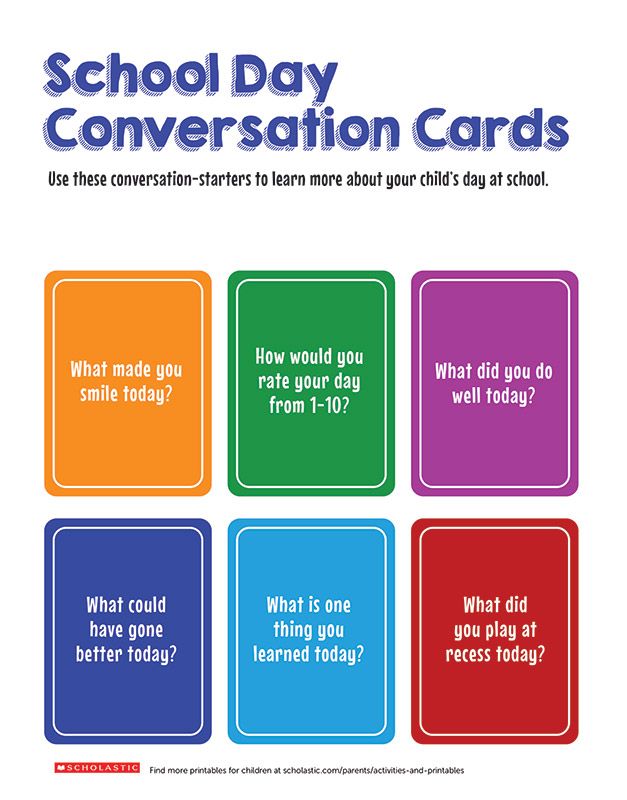 "
"This section goes on to provide two exceptions to the provision: (1) where the disclosure which is required by Federal statute, or (2) where disclosure relates to records that pre-date the adoption of the Privacy Act of 1974 (January 1, 1975), if such disclosure was required under statute or regulation adopted prior to such date to verify the identity of an individual.
If these exceptions do not apply, then the agency which requests the social security number shall inform that individual whether disclosure is mandatory or voluntary, by what statutory or other authority such number is solicited, and what uses will be made of it.
In summary, it is not a violation for the school district to ask for disclosure of the social security number, as requirements of the act are met. In most situations this would require notice that the disclosure is voluntary, a statement outlining why the number is requested and a description of how the information is to be used. Since refusal to disclose a social security number cannot be grounds for exclusion from a program, then the school district must be prepared to substitute an alternative number as an identifier.
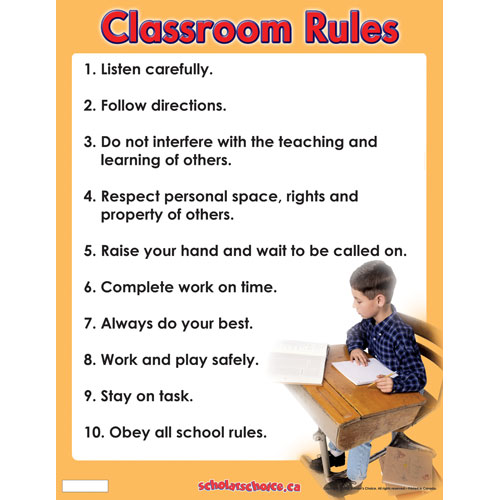
Additional information regarding the disclosure of social security numbers is available on the U.S. Social Security Administration's website.
How to transfer a child to another school ✔️ Through Public Services
Many children are faced with a change of educational institution. Adults represent their interests, so they need to know how to transfer a child to another school.
If you're thinking about changing schools because of communication problems or bullying, but can't get the truth out of your child, use modern technology. They will help to find out what is really happening in the classroom, why the child behaves this way, and what is the main problem. Use the Sound around function or determine the current location using the Find My Kids app from the AppStore and GooglePlay. nine0003
Content:
- When do schools change?
- Does a parent have this right?
- Full refusal or violation of the law?
- What to do and where to apply for a child to change the place of study?
- Tips for choosing a new place of study
- How to pick up documents?
- About applying to the old school
- About documents for changing educational institution
- About admission to a new educational institution
- How to file an electronic application?
- What to do if they refuse everywhere?
- How long will it take to re-register a student?
- Questions that raise doubts in adults
When do schools change?
Prostock-studio/Shutterstock. com
com
Transferring a child to another school is related to:
- relocation; 90,011 student surplus;
- incomplete teaching staff in basic subjects; nine0012
- difficult relationships in the school community;
- systematic violations of school discipline;
- missing electives in subjects that will be necessary in the future professional development;
- low academic performance or inconsistency with the educational policy of the institution;
- poor "pre-university" training;
- low qualified teachers;
- withdrawal of institution accreditation or teaching license. nine0012
Most often transferred from the old institution due to forced circumstances. For example, a child is transferred to a school if it is closed or the family has moved. Other causes are much less common.
Change of educational institution is painfully perceived by children. The older they are, the worse the consequences. Students will have to part with childhood friends, find a new circle of friends and meet other teachers. Some go towards the unknown with ease, while others are not able to cope with fear at the thought of the upcoming September 1st. nine0003
Students will have to part with childhood friends, find a new circle of friends and meet other teachers. Some go towards the unknown with ease, while others are not able to cope with fear at the thought of the upcoming September 1st. nine0003
Relationships with other people play a primary role in the formation of personality. If a child is expelled from an institution because of bad behavior, it is unlikely that he will become more obedient. Children with a difficult character continue to violate discipline, regardless of the institution, they also cannot help but come into conflict with students and teachers. Instead of correcting the consequences of actions, help your child find a common language with other people. If there is a hopelessly unhealthy atmosphere in the class or a student has been labeled a “difficult student”, change schools. nine0003
If you're thinking about changing schools because of communication problems or bullying, but can't get the truth out of your child, use modern technology. They will help to find out what is really happening in the classroom, why the child behaves this way, and what is the main problem. Use the Sound around function or determine the current location using the Find My Kids app from the AppStore and GooglePlay.
They will help to find out what is really happening in the classroom, why the child behaves this way, and what is the main problem. Use the Sound around function or determine the current location using the Find My Kids app from the AppStore and GooglePlay.
Although you can transfer to a new school at any time, regardless of the time of year, try to alleviate the stress that your child will face. nine0007 It is recommended to change the educational institution before September 1st , explaining this by easier acclimatization among unfamiliar children. Students who have returned to school after the holidays are busy discussing summer vacation trips, and are not as interested in a newcomer. If newcomers come to them during the quarter, then they become the topic for discussion #1.
The re-admission procedure is the same in all regions. When completing documents, follow the established procedure. To know your rights, follow the Order of the Ministry of Education and Science of the Russian Federation No.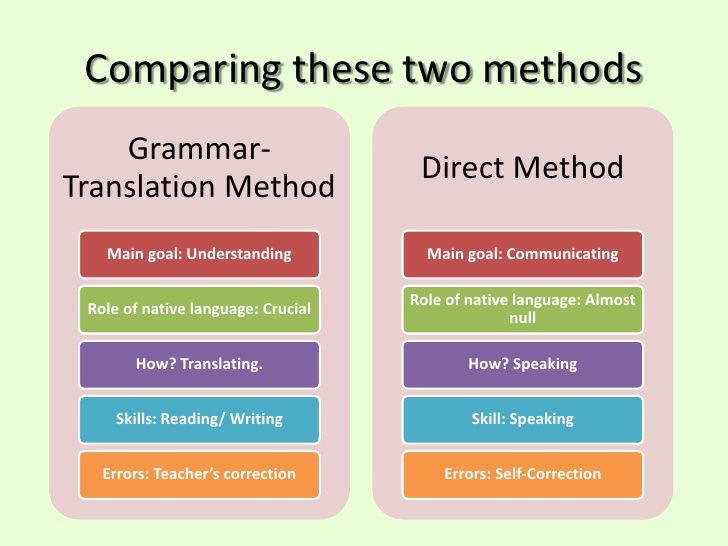 177. So you will not understand the process, but you will also be able to operate with the letter of the law if you encounter illegal actions of the directorate. nine0003
177. So you will not understand the process, but you will also be able to operate with the letter of the law if you encounter illegal actions of the directorate. nine0003
Does a parent have this right?
According to the legislation of the Russian Federation, parents can change the place of study that their child attends. The legal representatives of minors are also entitled to such rights. It is permissible to change an educational institution at any time of the year - there are no restrictions in this matter. Paragraph 3 of Art. 44 of the Federal Law No. 277 predetermines the right to choose in changing the place of study.
No one has the right to refuse to transfer a child to another school. This is a direct violation of Russian law. nine0003
The selected institution is obliged to consider the applicant's request. The appeal can be either approved or rejected. Refusals are received in situations where there are no vacancies left for new applicants. This is the most common problem that keeps parents looking for an educational institution.
Full refusal or violation of the law?
The decision to reject the parents' applications is justified by:
- Lack of free space. New students are not admitted when classes are full. The number of students directly affects the comfort and safety of their stay in the institution. Clause 26 of Government Decree No. 196 of 03/19/2001 approved that the maximum number of students in one class should not exceed 25 people.
- Non-compliance of the level of knowledge with school requirements. Educational institutions practicing in-depth study of school disciplines may establish a passing system, according to the results of which a decision is made to approve or reject the application. If the candidate has not passed the individual selection to the educational institution, then it has the right to refuse admission.
- Inability to catch up with curriculum . For this reason, specialized institutions with an integrated pre-professional sports course are not accepted.
 Sports schools rely on the physical preparation of the child and his success in a particular sport.
Sports schools rely on the physical preparation of the child and his success in a particular sport.
The first in line for admission are children whose place of residence is in the district of the educational institution. Children who go to study "by registration" have an advantage over the rest. They do not need to pass the entrance examinations provided for in the general selection. According to the Order of the Ministry of Education and Science No. 32, the rights of children who live in other microdistricts should not be infringed. The educational organization should not worry about the distance from the school. The main thing is that the student is registered at the place of residence or stay. nine0003
What to do and where to apply for a child to change the place of study?
Prostock-studio/Shutterstock.com
Instructions for collecting documents for changing educational institutions:
- Select a general education organization.
- Make sure the establishment is not overcrowded and has room for your son or daughter.
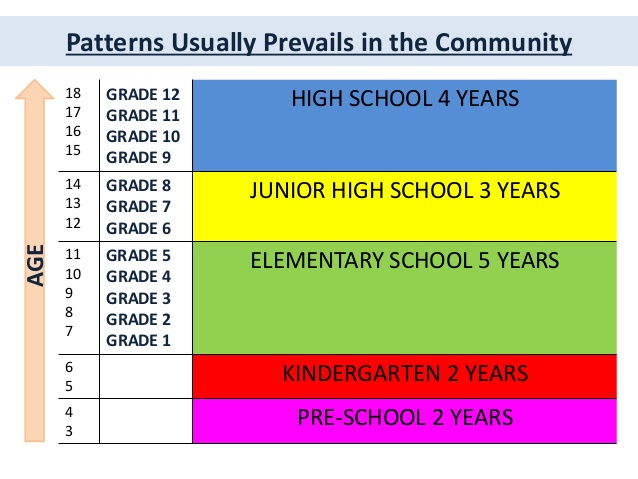 Consider the individual selection requirements that the other school has for new students.
Consider the individual selection requirements that the other school has for new students. - Engage in the collection of documentation for the transfer to another institution. nine0012
- Write an application with a request to enroll your son or daughter in the number of students in the selected class.
- Request a certificate from the school that it is ready to accept a new student.
- Come to the administration of the former place of study, write an application for transfer to another educational institution.
- Contact the class teacher and the school nurse to collect all documents.
- Provide a full package of documents at the new place of study. nine0109
- position, surname and initials of the director of the educational institution or the person acting in his capacity;
- name, initials, home address of the parent applying for the transfer;
- a request for the expulsion of a son or daughter indicating the last name, first name, patronymic, date of birth. It also indicates the current class in which the student is currently studying or to which he was transferred at the end of the fourth quarter; nine0012
- the date the application was submitted;
- Applicant's signature and its transcript.
- the child's personal file;
- certificate of progress on the material covered in the current academic year;
- an extract from the class journal, which will indicate the grades received and the results of intermediate assessments.
- student's health certificate;
- contracts for additional services in the field of education;
- characteristics for a child about his family, behavior, achievements, strengths and weaknesses in school.
- Register on the portal by entering your full name, email address and mobile phone number. The contact phone number is indicated in order to receive a security password and log in to the site.
- Log in to your personal account.
- Upgrade your account. After authorization, you will have a simplified version. To transfer your child to another school, you will need a standard or verified account. It will become standard after you indicate SNILS or confirm your identity in one of the Service Centers or by registered mail.
 A higher account level allows you to use the expanded functionality of the portal. nine0012
A higher account level allows you to use the expanded functionality of the portal. nine0012 - Go to the main menu of the portal and select the category "Education".
- Locate the Education Enrollment tab.
- Select the “Enroll in all classes” item in the window that opens (The “Enroll in 1st grade” item implies enrolling the baby in the ranks of schoolchildren. When a first-grader is transferred to a new educational institution, the “in all classes” item is still used).
- Click on the "Get service" button.
- Fill out the form that appears. It consists of three steps: nine0010
- first check the box next to "Transfer to another school";
- on the first page, indicate the full name, date of birth, SNILS and data from the student's identity document, on the second - the address of temporary or permanent registration, on the third - information about yourself;
- The last page includes information about the applicant: full name, who the child is related to and why the transfer request is being submitted.
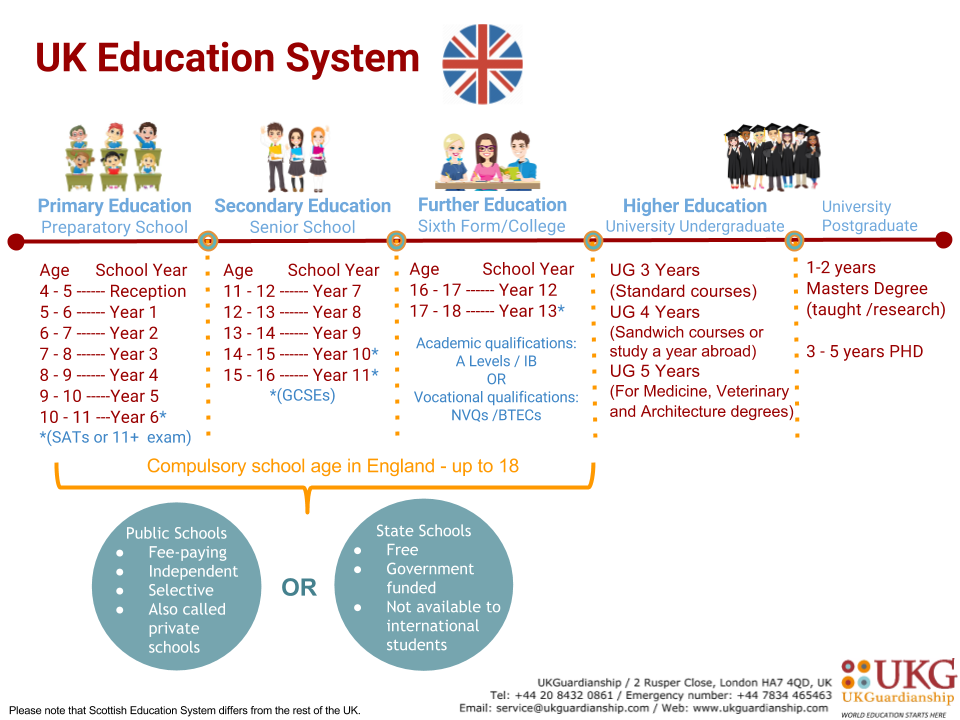
- Carefully enter the data and double-check the completed fields. After verification, confirm the request. nine0012
- About the timing of the transition. The Directorate is obliged to meet within a three-day period. Please note that we are talking about working days, not calendar days.
- About the restoration of lost documents. The statements that are handed out are duplicates. By contacting an educational institution, they can be restored. It will take more time to search for information in the archive, but you will receive the documents again. nine0012
- About the right to receive documents. The delay and refusal to issue documents are groundless. They are subject to penalties. An educational organization may be fined 30,000-50,000 rubles in accordance with Art. 19.30. Code of Administrative Offenses of the Russian Federation.
- About the transfer of a student from an educational institution located in another country. Children from other countries are accepted in the same way as citizens of the Russian Federation.
 They need to confirm the right of residence in Russia, but otherwise all actions are similar. nine0109
They need to confirm the right of residence in Russia, but otherwise all actions are similar. nine0109 - How to help your child adjust to school
- How to tell if a child has been the victim or instigator of bullying
- The best smartphones for schoolchildren for any wallet
- Student's workplace: choosing a chair and table
- Preparation for September 1: checklist for parents. What should be done?
- What to give a child on September 1?
- Will there be school assemblies this year on September 1st?
- Russia may leave distance education after the pandemic
- School year won't start on September 1st? Opinion of Rospotrebnadzor
- General breaks will be canceled in schools, and classes will start at different times
Follow the instructions and follow the recommendations below step by step.
Tips for choosing a new place of study
Do not be lazy and spend time looking for an educational institution. Contact the administration and chat with friends. Word of mouth is the best advertisement from parents whose children go to the chosen school.
When looking for an institution, take into account not only the proximity to home or the prestige of the institution, but also the educational policy, the number of classmates, the material and technical base and feedback on the quality of teaching. nine0003
How do I pick up documents?
Prostock-studio/Shutterstock.com
Collect documents when you are sure that you will arrange your child in a new place. First, contact the administration of the newly selected school so that they issue a certificate of upcoming enrollment. The document is useful in two cases: to pick up papers from the old place and not to lose the promised place. With a certificate, parents confirm that a place in the class is assigned to their student.
The document is not basic and is not always required, but it will become a kind of guarantee for further receipt. The certificate is considered valid if it is stamped and signed by the director. nine0003
Old school application
The application is submitted by a parent or legal representative of the child. It contains the following information:
It contains the following information:
After the application is ready, you need to wait for the release of the administrative act on expulsion. No more than 3 working days can pass from the submission of the application to the issuance of the administration's order. This is stated in the Order of the Ministry of Education and Science of the Russian Federation No. 177. After the order is issued, the administration must draw up a student's evaluation sheet.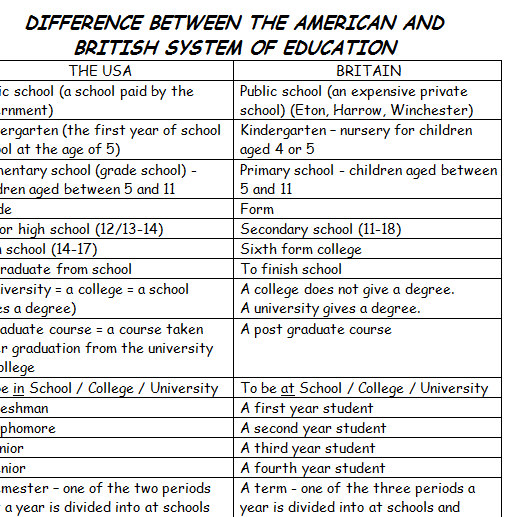
About documents for changing educational institution
Prostock-studio/Shutterstock.com
Parents will be able to pick up their child's papers after the deduction. The school is obliged to transfer:
Students' medical cards are not given away, but they can be requested. Contact the school nurse to collect your student's medical record. You will need it upon admission. If there are no health problems, you do not need to go through a medical commission. A medical card from the school is enough, in which there will be information about vaccinations. If, for health reasons, the child requires certain conditions of study, confirm this with the conclusion of the medical board. nine0003
Certificate of academic performance is filled out in almost free form - there is no strictly regulated form of the document.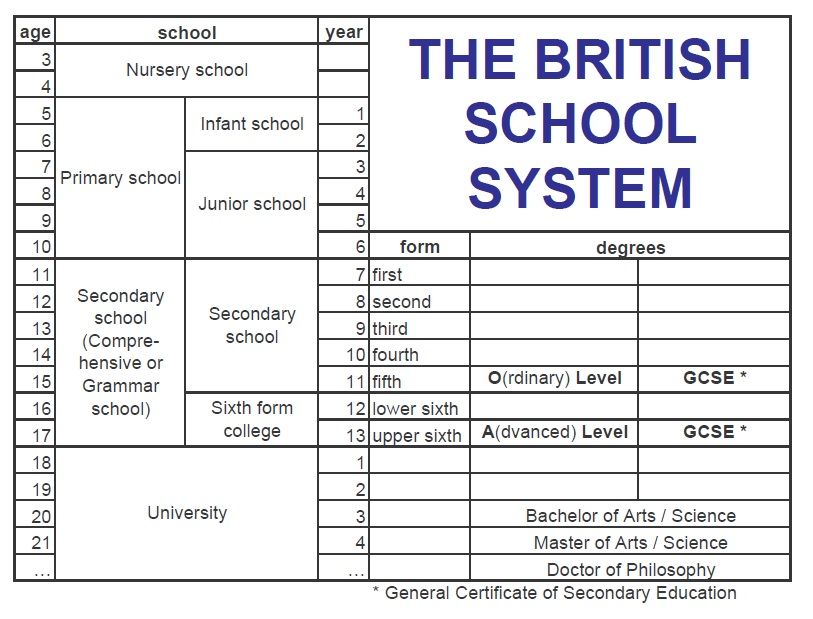 It prescribes a list of all subjects that take place in this class, and current grades for them. The certificate is drawn up by the class teacher, and the director certifies it with a signature and seal.
It prescribes a list of all subjects that take place in this class, and current grades for them. The certificate is drawn up by the class teacher, and the director certifies it with a signature and seal.
A child's personal file is kept from the moment of entering the first grade. As soon as the baby is enrolled, a card is brought to him. The personal file is filled by class teachers. Every year they supplement it with a document on the end of the next academic year, in which they put down grades for the year and for each quarter. A personal file may also include:
Consider the presence of a reference if you transfer a student due to a violation of discipline or conflict situations. Do not talk about diligence and complete obedience in a new school if this is not true.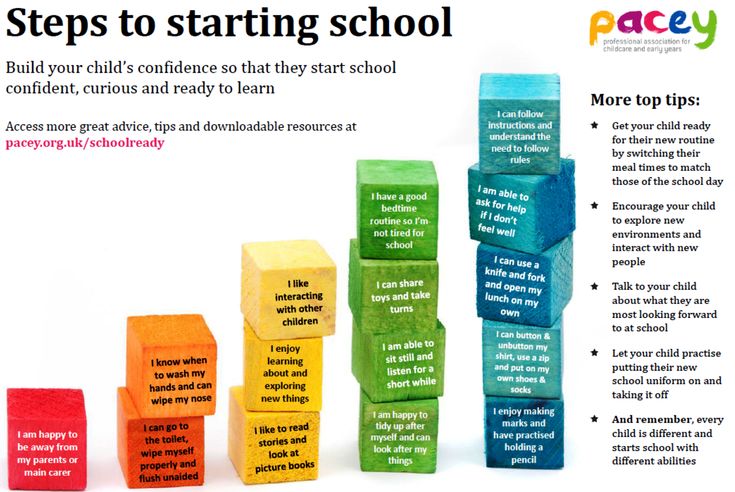 The description is made by the class teacher. As a rule, teachers go along and embellish the information in the document a little, talking about an almost former student. If your son or daughter particularly “distinguished himself” in the previous school, ask the class teacher to soften the characterization as much as possible. nine0003
The description is made by the class teacher. As a rule, teachers go along and embellish the information in the document a little, talking about an almost former student. If your son or daughter particularly “distinguished himself” in the previous school, ask the class teacher to soften the characterization as much as possible. nine0003
About admission to a new educational institution
So, in order to transfer from one school to another, you will need to provide:
Kind | Explanation | |
| Personal file | Original |
| Medical record | Original |
| Academic certificate | Original |
| Certificate of expulsion from educational institution | Original |
| Birth certificate or student passport | Original and copy |
| Document of temporary or permanent place of registration | Copy of |
⠀
If all documents are available, the transfer will take no more than 6 working days : 3 of them will be deducted, 3 will be credited. If all the documents are collected and the request is correctly drawn up, after 3 days the child will be enrolled in a new educational institution. The procedure can be faster, but not later than three days. nine0003
If all the documents are collected and the request is correctly drawn up, after 3 days the child will be enrolled in a new educational institution. The procedure can be faster, but not later than three days. nine0003
How to apply online?
The portal "Gosuslugi" will simplify the re-registration of the child. Before submitting an electronic application, decide on the educational institution. Then follow the instructions:
It takes at least 5 days to process a remotely submitted application . Submitting a request does not guarantee enrollment in a new class. The administration can accept or refuse to accept a student. Once your application has been approved, start collecting documents.
The portal is useful in that you don't have to contact district schools in person. An electronic application can be submitted to several educational institutions at the same time, thereby saving time. All further actions are similar to the usual design. nine0003
What to do if everyone is refused?
Prostock-studio/Shutterstock.com
Educational organization may not accept if enrollment is already over the established limit. In other cases, the refusals are unfounded. If the educational institution is overcrowded, parents will have to apply to the local government education department. The executive authority must receive a written application for the placement of the child in an educational institution. The applicant must provide information about himself, the student, the reason for changing the educational institution, and also justify the choice of a new institution. nine0003
The executive authority must receive a written application for the placement of the child in an educational institution. The applicant must provide information about himself, the student, the reason for changing the educational institution, and also justify the choice of a new institution. nine0003
How long will it take to re-register a student?
Admission is considered valid after the issuance of the administrative act for the school, signed by the director. The administration must meet the deadline (no more than 6 working days), accepting a correctly executed application and receiving a complete package of documents.
After the change of school, the child will begin a long (and sometimes very difficult) period of adaptation. To make sure that everything goes well in the new place, the child is not offended by teachers and peers, or he has not fallen under bad influence, use the Find My Kids app from the AppStore or GooglePlay. With it, you will always know where your child is now, what route he followed during the day, and what is happening around him. nine0003
nine0003
Issues that cause doubts in adults
Applicants are most often unaware of:
Application from parents or guardians - the basis for transferring from one educational institution to another. Registration will require the collection of the necessary documentation and will take at least a week. State and municipal educational organizations take new students if their classes are not overcrowded.
Getting ready for school:
September 1, 2020:
Please rate the article
This is very important to us
Article rating: 0 / 5. Votes count: 0
Votes count: 0
There are no ratings yet. Rate first!
Receive a school preparation checklist to your mail
Letter sent!
Check e-mail
How to enroll a child in kindergarten and school (even if not registered)
Enrolling a child in a Moscow kindergarten or school is becoming easier every year for locals and more difficult for those who live in the city not so long ago. On the forums, parents worry about “not enough places”, “they will end up at the end of the line” and share successful, albeit multi-way stories of enrolling children in first grade. Let's figure out how the registration works and what to do if you want to go to a certain school, but it doesn't work out.
How the queue for kindergarten is formed
You can queue for a place in kindergarten only when the child is three months old. Earlier applications are not accepted. The main list is formed taking into account the age of the child, the availability of benefits, the date of application and the presence of registration at the place of residence. To apply, you only need a birth certificate of the child and a passport of one of the parents. If you have any benefits, you will need supporting documents. nine0003
To apply, you only need a birth certificate of the child and a passport of one of the parents. If you have any benefits, you will need supporting documents. nine0003
There are two queues - main and additional. The latter includes children who are not registered at the place of stay. Sometimes parents do not want to send their child to a kindergarten near their house and choose another one. You can get there only in one case - if there are free places (this rarely happens). Sometimes it also happens that one of the parents writes a refusal or does not bring the child at the beginning of the school year. In this case, free places are distributed according to an additional queue. When applying, you can choose from three institutions. In the event that there are no free places, the education department will definitely offer you some kind of option. nine0003
How kindergartens and schools are distributed depending on registration
According to building codes, a microdistrict should have a kindergarten for 80-90 children and a school for 180 children per thousand inhabitants.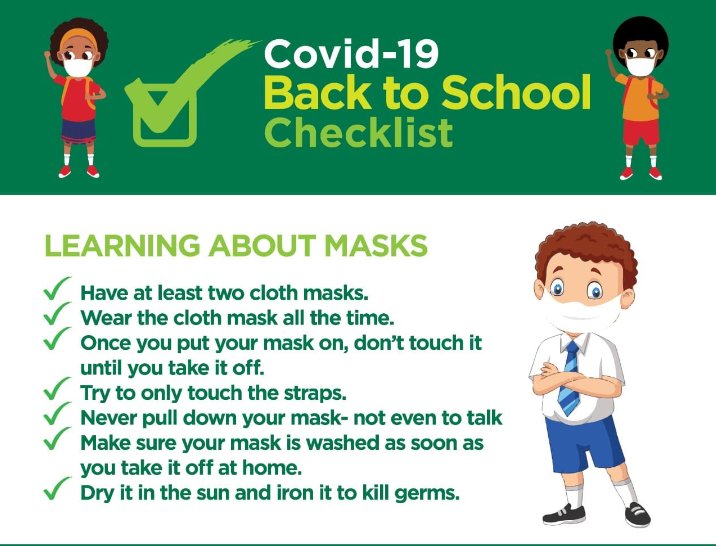 You can find out which kindergarten or school you are assigned to at the place of registration at the Department of Education or on the websites of educational institutions. nine0003
You can find out which kindergarten or school you are assigned to at the place of registration at the Department of Education or on the websites of educational institutions. nine0003
What is the difference between enrolling in a school and enrolling in a kindergarten? An application can be submitted via mos.ru and the status can be tracked there. Such a measure prevents parental "camps" at school fences, which used to spontaneously appear in Moscow every winter. On the one hand, such a system is good. Because the child is guaranteed a place in the school at the place of registration. On the other hand, getting to a school in another district has become much more difficult. When submitting an application, the parent has the right to choose two schools not in the place of residence of the child. True, getting there depends only on free places. nine0003
Is it obligatory to take a child to additional classes at school before entering
No, preparatory classes for future first graders cannot be mandatory and do not give any preferences when entering a school. And in general, children are enrolled in the first grade, regardless of the level of preparation (and this is prescribed by law).
And in general, children are enrolled in the first grade, regardless of the level of preparation (and this is prescribed by law).
The child went to a kindergarten not at the place of residence, now we want to go to a school of the same holding. Is it possible?
Yes. If you want your child to attend a school that has a kindergarten attached, then (even if you are not registered in that area) your son or daughter will automatically be transferred to that school. You only need to write a personal statement to the principal of the school. In this case, you don’t even have to apply to mos.ru. nine0003
Registration in the Moscow region, but I want to study in Moscow. How to do it?
This is the biggest problem for parents from the Moscow region. According to the law, only children who live in Moscow can get into Moscow schools. At the same time, the mos.ru portal does not even allow you to choose a school if at least one of the parents is not registered in the capital. However, this does not mean that there is no chance at all: there are two legal ways to enroll a child in the first grade of a Moscow school.
However, this does not mean that there is no chance at all: there are two legal ways to enroll a child in the first grade of a Moscow school.
1. Momentary. nine0403 Obtain temporary registration in the city. If you live with relatives or rent an apartment, you should discuss the issue of registration in advance. Registration can be done at the branch of the MFC closest to you.
2. Long and (perhaps) painful. Transfer from kindergarten to school. For several years, a program of holdings has been operating in Moscow, when the kindergarten and the school form a single educational institution (assigned, however, also to a certain area). Even if you live in one district, and take your child to the kindergarten in another, then he will be transferred to the school simply on your application addressed to the director. Accordingly, if you want your child to study at a certain Moscow school, but live in the Moscow region, then you should start from the garden. Here, however, another dilemma is revealed: is it worth spending several years on the road or still decide to move.